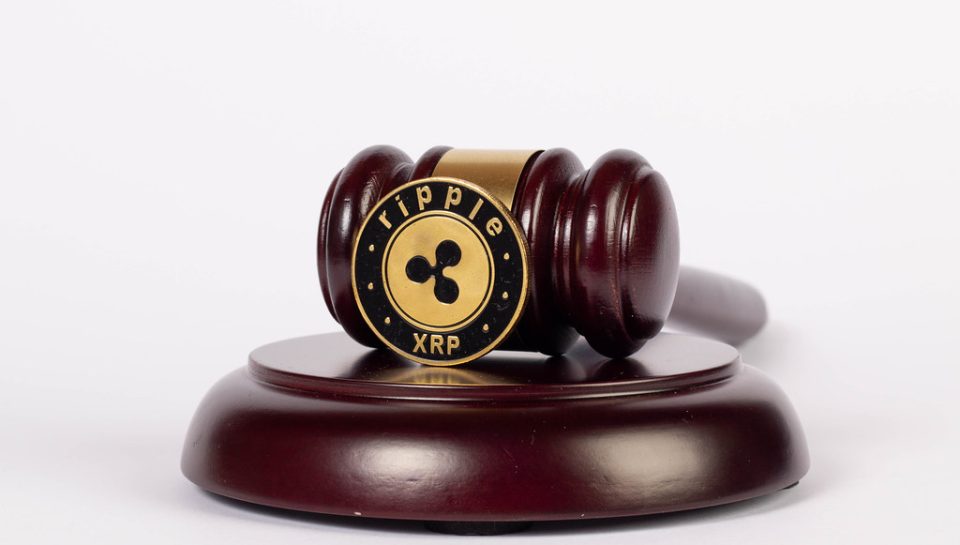Update July 31, 2023: the court in SEC v. Terraform Labs Pte. Ltd. has explicitly rejected the reasoning in Ripple, in particular Ripple’s finding that the “Programmatic Buyers” could not have known if their payments of money went to Ripple, or any other seller of XRP, and thus, had no “reasonable expectation of profits from the efforts of others.” As per Terraform, “That a purchaser bought the coins directly from the defendants or, instead, in a secondary resale transaction has no impact on whether a reasonable individual would objectively view the defendants’ actions and statements as evincing a promise of profits based on their efforts.” It remains to be seen whether other courts will follow, but if nothing else, this probably makes appellate review of the issue more likely.
The court’s ruling in SEC v. Ripple is in, and it would be entirely fair to call it the most important crypto-centric legal ruling to date. Sure, there have been other rulings on whether a certain cryptocurrency is a security – we discussed LBRY last year, and Telegram was issued in 2020. But Ripple is different: the defendant is high-profile, backed by major investors, and their high-powered lawyers have fought out the case with the SEC for years.
Which leads to this. The ruling on July 14 finds that Ripple’s XRP crypto token is not a security – at least in certain instances (we’ll get into that). While some have been cheering the ruling, considering it a victory for Ripple (and crypto generally), it would perhaps be more even-handed to call it a mixed bag – the SEC won on one claim, and the case will proceed to trial on the unresolved points related to that claim (such as the amount of the judgment, if any). What’s more, a careful review of the ruling reveals certain oddities in the court’s findings – points in the court’s decision-making that could prove crucial to the SEC’s case if it appeals this ruling, as it almost certainly will.
A quick note on procedural matters: this ruling is on a “motion for summary judgment” (“MSJ”), made under Rule 56 of the Federal Rules of Civil Procedure. An MSJ usually occurs after all discovery (evidence-gathering) is in, and asks the court to find for one party or the other based on the evidence that neither side disputes. In this case, both the SEC and Ripple and its affiliated parties asked the court to find for their side on all claims.
In doing this, court evaluated XRP in three major areas: (1) sales of XRP to sophisticated individuals and entities (the “Institutional Buyers”) under written contracts; (2) sales of XRP to the public (“Programmatic Buyers”) on digital asset exchanges; and (3) distributions to employees as compensation and to third parties as incentive to develop new applications for XRP (“Other Distributions”). It may appear odd that the court evaluated XRP as a potential security under each of those scenarios – XRP either is a security or it’s not, right? Well, not quite.
In each case, the court determined whether XRP was a security using the Howey test. As you know, the Howey test is the predominant test used in the US to determine if an instrument is a security, derived from the landmark case SEC v. W. J. Howey Co. The version of the test used in this case breaks the test into three parts: an investment contract (a broad form of security) is:
- the investment of money
- in a common enterprise
- with an expectation of profits to be derived solely from the efforts of the promoter or a third party.
As the test itself might suggest, the actual subject of the instrument being tested (in the case of Howey, it was orange groves) isn’t necessarily important, it’s how the subject was sold to the public that counts. This helps to explain why the ruling seems fractured: according to the court, XRP is a security in some situations but not others.
Let’s start with the Institutional Buyers. As the court notes, these were sophisticated individuals and entities. Running through the Howey test, and considering Ripple’s statements to investors, the court finds that the buyers invested money by paying cash to Ripple (prong 1 of the test), that Ripple “pooled the proceeds of its Institutional Sales” and “each Institutional Buyer’s ability to profit was tied to Ripple’s fortunes and the fortunes of other Institutional Buyers” (prong 2), and that “reasonable investors, situated in the position of the Institutional Buyers, would have purchased XRP with the expectation that they would derive profits from Ripple’s efforts” (prong 3). In other words, the buyers paid cash, there was a common enterprise, and the buyers expected to make money from Ripple’s efforts. Under Howey, we have a security. This is likely the least controversial part of the decision, and a solid victory for the SEC.
The so-called Programmatic Buyers are next. Bypassing prongs 1 and 2, the court finds that prong 3 – an expectation of profits from the efforts of others – has not been met, and on that basis, that “Programmatic Sales of XRP did not constitute the offer and sale of investment contracts.” The key point in this finding is that “Programmatic Buyers could not have known if their payments of money went to Ripple, or any other seller of XRP.” On this basis, “the vast majority of individuals who purchased XRP from digital asset exchanges did not invest their money in Ripple at all. An Institutional Buyer knowingly purchased XRP directly from Ripple pursuant to a contract, but the economic reality is that a Programmatic Buyer stood in the same shoes as a secondary market purchaser who did not know to whom or what it was paying its money.” In other words, most buyers on secondary exchanges didn’t purchase from Ripple directly, and in fact didn’t know who the counterparty was at all.
In this section, the court effectively states that it doesn’t matter whether “some Programmatic Buyers may have purchased XRP with the expectation of profits to be derived from Ripple’s efforts.” Instead, “Ripple did not make any promises or offers because Ripple did not know who was buying the XRP, and the purchasers did not know who was selling it.” That is, even if some buyers expected profits from Ripples efforts, and even if some of those buyers purchased XRP directly from Ripple through secondary markets, because most other buyers plausibly did not, none of the purchases were investment contracts. As Matt Levine points out, this has the counterintuitive implication that “if a crypto issuer publicly and openly sells its tokens, that is an illegal securities offering, but if it sneaks in a few token sales on the exchange then it is not.”
The court goes on to note that while “a reasonable investor, situated in the position of the Institutional Buyers, would have been aware of Ripple’s marketing campaign and public statements,” “[t]here is no evidence that a reasonable Programmatic Buyer, who was generally less sophisticated as an investor … could parse through the multiple documents and statements … across many social media platforms and news sites from a variety of Ripple speakers.” This finding is also somewhat odd: it seems to assume that, essentially, none of Ripple’s public-facing statements matter in this instance: the general public is simply assumed to have paid no attention whatsoever. (It also puts the court at odds with other cases, such as LBRY, where public-facing statements are automatically assumed to be heard by potential investors).
Third are the Other Distributions to employees as compensation and to third parties as incentive to develop new apps. In this case, the court finds that “recipients of the Other Distributions did not pay money or ‘some tangible and definable consideration’” for their XRP, and thus, the distributions “do not satisfy Howey’s first prong that there be an ‘investment of money.’” The analysis on this point is rather cursory, and does not even consider the possibility that an “investment of money” could take other forms than cash (such as labor or apps). While rulings on this point – whether a “purchase” of securities may be paid for in the form of labor or similar means – have varied, and are usually highly context-specific, the fact that the court did not even consider the question is curious at first glance, and possibly grounds for appeal.
Overall, the results are likely positive for Ripple (a finding in the other direction would have likely been catastrophic), but the case isn’t over yet. The SEC may file a motion for reconsideration, and if that does not produce the desired result, will likely appeal to the Second Circuit. While this finding may be influential on other courts considering crypto as securities – at least for the time being – overall, this is just another step in the case, which may well last for several more years.


